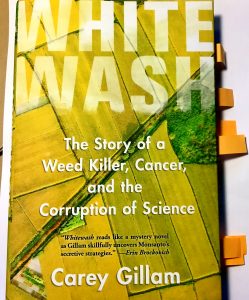 Occupational health and safety (OHS) related decisions are made on the state of knowledge about hazards and it is up to OHS people to make sure the state of knowledge is at its best so that the best decisions can be made. But what do you do if the state of knowledge on a hazard seems to be made purposely uncertain and that uncertainty is leading to the status quo, which also happens to provide a huge income for the owner of the product creating the hazard.
Occupational health and safety (OHS) related decisions are made on the state of knowledge about hazards and it is up to OHS people to make sure the state of knowledge is at its best so that the best decisions can be made. But what do you do if the state of knowledge on a hazard seems to be made purposely uncertain and that uncertainty is leading to the status quo, which also happens to provide a huge income for the owner of the product creating the hazard.
This seems to be a situation at the moment in Australia in relation to the use of the weedkiller, glyphosate, marketed heavily by the global chemical company, Monsanto. The alleged corruption of data on which OHS people and workers base their safety decisions was perhaps one of the most disturbing elements of the recent ABC Four Corners program on the chemical (

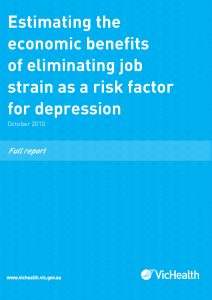
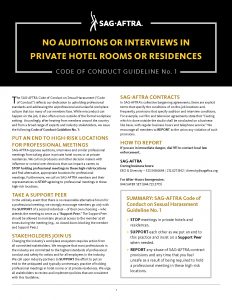
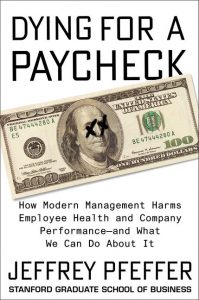
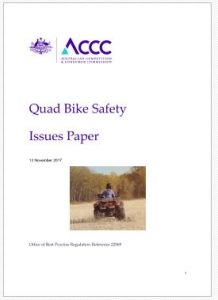
 The latest safety management standard
The latest safety management standard 